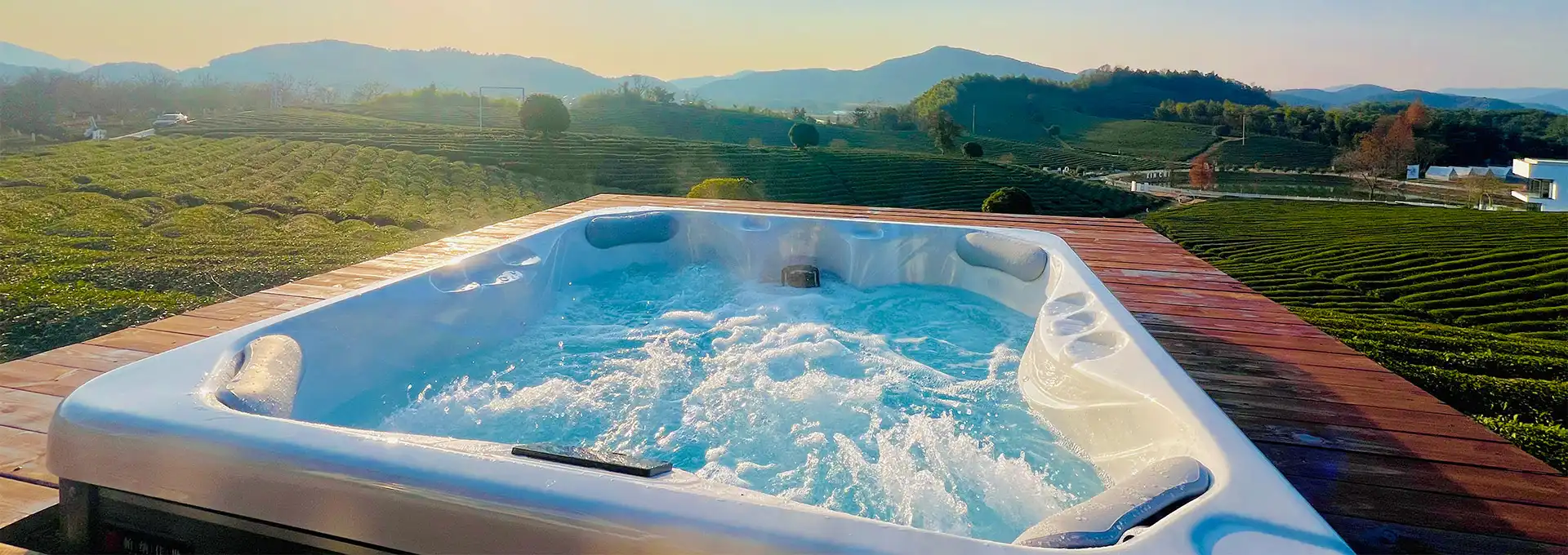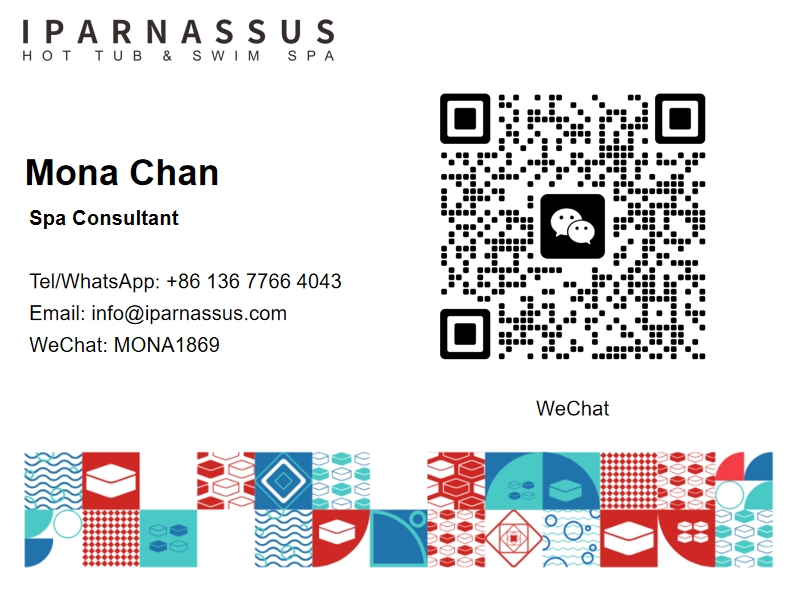How to build Cold Plunge Tub?
2025-06-27 16:33:41
Building your own cold plunge tub has become increasingly popular among wellness enthusiasts seeking the therapeutic benefits of cold water immersion. A cold plunge tub offers an accessible way to experience ice baths at home, providing potential benefits like improved recovery, enhanced circulation, and mental resilience. Whether you're an athlete looking to optimize performance or someone interested in exploring cold therapy, constructing a cold plunge tub can be a rewarding DIY project that transforms your wellness routine.
What Materials Do You Need for a Cold Plunge Tub?
Essential Construction Materials
When building a cold plunge tub, selecting the right materials is crucial for durability and functionality. The foundation typically requires marine-grade plywood or fiberglass for the base structure, while food-grade liner material ensures water safety. Insulation foam becomes essential for maintaining cold temperatures efficiently. Your cold plunge tub construction should include waterproof sealants, stainless steel hardware, and appropriate drainage components. Consider using cedar or pressure-treated lumber for the exterior frame, as these materials resist moisture and provide longevity. The insulation system plays a vital role in energy efficiency, making your cold plunge tub more cost-effective to operate over time.
Cooling and Filtration Components
A functional cold plunge tub requires reliable cooling and filtration systems to maintain water quality and temperature. Invest in a chiller unit specifically designed for cold plunge applications, typically requiring 1/2 to 1 horsepower depending on tub size. The filtration system should include a quality pump, filter cartridges, and UV sterilization if desired. Your cold plunge tub will benefit from ozone generation systems that help maintain water clarity without excessive chemical use. Consider adding a circulation system that ensures even temperature distribution throughout the water. These components work together to create a professional-grade cold plunge tub experience that rivals commercial installations.
Safety and Accessibility Features
Safety considerations are paramount when constructing a cold plunge tub for home use. Install non-slip surfaces around the entry and exit areas, along with sturdy handrails for secure access. Your cold plunge tub should include emergency shut-off switches and temperature monitoring systems to prevent accidents. Consider adding steps or a ladder system that allows easy entry and exit, especially important when muscles are cold and coordination may be affected. Proper lighting around the cold plunge tub area enhances safety during early morning or evening sessions. Include covers or protective barriers to prevent accidental falls when the tub is not in use.
How Much Does It Cost to Build a Cold Plunge Tub?
Budget-Friendly DIY Options
Building a cold plunge tub on a budget requires creative solutions and careful material selection. Basic DIY versions can range from $500 to $2,000, utilizing converted livestock tanks or large containers as the primary vessel. Your budget cold plunge tub might use a simple immersion chiller or even ice additions for temperature control. Insulation can be achieved through foam boards or reflective materials, while basic filtration systems keep costs manageable. Consider purchasing used equipment or seasonal sales to reduce expenses. A budget-conscious cold plunge tub still provides the essential cold therapy benefits while keeping initial investment minimal. Remember that while costs are lower, these systems may require more maintenance and have shorter lifespans than premium installations.
Mid-Range Construction Costs
A mid-range cold plunge tub project typically costs between $3,000 to $8,000, offering better materials and more reliable systems. This budget allows for proper insulation, dedicated chiller units, and quality filtration systems that ensure consistent performance. Your mid-range cold plunge tub can include attractive exterior finishes, comfortable seating areas, and automated temperature controls. Professional-grade pumps and filters provide better water quality with less maintenance. Consider including features like LED lighting, digital temperature displays, and timer systems for enhanced user experience. This investment level creates a cold plunge tub that balances cost with functionality, providing years of reliable service for serious cold therapy practitioners.
Premium Installation Expenses
High-end cold plunge tub installations can range from $10,000 to $30,000 or more, depending on size and features. Premium systems include advanced cooling technology, automated water treatment, and luxury finishes that complement high-end homes. Your premium cold plunge tub might feature smart home integration, allowing remote temperature control and monitoring through smartphone apps. Consider including heating elements for contrast therapy, advanced filtration with multiple stages, and custom carpentry work for seamless integration with existing landscaping. Professional installation ensures optimal performance and warranty coverage. These premium cold plunge tub systems offer convenience, reliability, and aesthetic appeal that justify the higher investment for dedicated users.
How Do You Maintain a Cold Plunge Tub?
Water Quality Management
Maintaining proper water quality in your cold plunge tub requires consistent monitoring and treatment protocols. Test water chemistry weekly, focusing on pH levels, alkalinity, and sanitizer effectiveness. Cold water naturally inhibits bacterial growth, but your cold plunge tub still needs appropriate chemical balance for user safety. Use bromine or chlorine systems designed for cold water applications, as traditional pool chemicals may be less effective at low temperatures. Regular water changes every 3-4 months help maintain freshness and reduce chemical buildup. Your cold plunge tub filtration system should run continuously or on scheduled cycles to ensure proper circulation and debris removal.
Equipment Maintenance Schedules
Regular maintenance of mechanical components extends the life of your cold plunge tub system significantly. Clean filter cartridges monthly or as needed based on usage frequency and water quality. Inspect and service the chiller unit according to manufacturer recommendations, typically including coil cleaning and refrigerant level checks. Your cold plunge tub pump requires periodic inspection for proper operation and seal integrity. Check all electrical connections and safety systems regularly to prevent failures or hazards. Lubricate moving parts, inspect insulation for damage, and verify that temperature sensors are functioning accurately. Proper maintenance scheduling prevents costly repairs and ensures your cold plunge tub operates efficiently year-round.
Seasonal Care Considerations
Seasonal maintenance varies depending on your climate and whether your cold plunge tub operates year-round. In freezing climates, winterization may be necessary if the system won't be used during coldest months. Your cold plunge tub may require additional insulation or heating elements to prevent freezing damage to plumbing components. Summer maintenance focuses on preventing algae growth and managing increased usage demands. Clean the exterior surfaces regularly to prevent weather damage and maintain appearance. Check drainage systems before heavy rain seasons to prevent flooding issues. Seasonal deep cleaning and system inspections help identify potential problems before they become major repairs, ensuring your cold plunge tub remains reliable throughout changing weather conditions.
Conclusion
Building a cold plunge tub represents an investment in personal wellness that can provide years of therapeutic benefits. Success depends on careful planning, quality materials, and proper installation techniques. Whether choosing a budget-friendly DIY approach or professional installation, your cold plunge tub should prioritize safety, efficiency, and user experience. Regular maintenance ensures optimal performance and extends system life, making the investment worthwhile for dedicated cold therapy practitioners.
Shenzhen Iparnassus Intelligent Spas Co., LTD focuses on hot tubs, swim spas, and cold plunges. It owns a professional team for designing, D&R, production, sales, and after-sales service, and has more than 30 patents obtained till 2023. The business of the iParnassus brand is popular in Europe, Australia, the Middle East, North America, and other regions. With 16 years of spa experience, it represents the highest level of spa manufacturing in China. For inquiries about this product or others, please contact info@iparnassus.com for dedicated service.
References
1. Smith, J.A. (2023). Cold Water Therapy: Construction and Design Principles for Residential Applications. Journal of Wellness Engineering, 15(3), 45-62.
2. Johnson, M.K. & Davis, L.R. (2024). DIY Cold Plunge Systems: Material Selection and Safety Considerations. Home Spa Construction Quarterly, 8(1), 23-38.
3. Williams, P.T. (2023). Cost Analysis of Home Cold Therapy Installations: A Comprehensive Study. Therapeutic Equipment Review, 12(4), 112-128.
4. Brown, S.E. (2024). Water Quality Management in Cold Plunge Applications. Pool and Spa Maintenance Today, 19(2), 67-81.
5. Taylor, R.M. (2023). Mechanical Systems Design for Residential Cold Water Therapy Units. HVAC and Wellness Technology, 31(7), 89-104.
6. Anderson, K.L. (2024). Safety Protocols and Maintenance Schedules for Home Cold Plunge Systems. Consumer Safety in Wellness Equipment, 6(1), 134-149.



